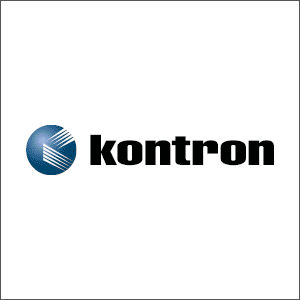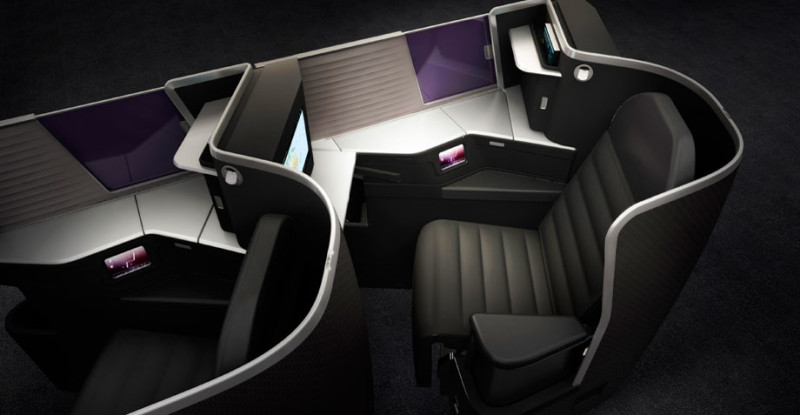A second B/E Aerospace outward-facing herringbone seat installation is being delayed because of safety certification issues — and the FAA is refusing to discuss the safety issues at hand with aviation media.
Australian Business Traveller, which broke the news back in October 2015, quoted a Virgin Australia spokesperson stating: “We have recently been advised by the Business Class seat manufacturer B/E Aerospace that they are still completing the certification process on the seat. Therefore we now expect the first reconfigured Boeing 777 to launch in early 2016.” Virgin Australia, which had an extensive refit programme planned for before the southern hemisphere rush, will now be several months late in updating its aging business class product.
RGN contacted B/E Aerospace, which did not respond — much as it did not respond to requests concerning certification issues with Super Diamond earlier this year for Virgin Australia’s A330 refit. This is a troubling trend for a publicly traded company manufacturing products that have now twice failed initial safety certification.
RGN contacted the FAA with an initial request for information on 2 October 2015. Specifically, RGN asked:
1) What is the nature of this delay?
2) Given that B/E Super Diamond is a previously certified seat, what is the issue?
3) Does it have to do with the Virgin Australia implementation of this seat or is it a wider issue with Super Diamond?
4) Is it related to 16G certification, flammability or the head impact criterion?
5) Is it related to increasing the angle from the centreline to 24° or greater? What is the angle from the centerline?
6) Why is the work to certify this seat at an increased angle for the Airbus A330 not able to be carried over to the 777?
These are all questions answered earlier in the year by European regulator EASA in the context of B/E’s Super Diamond safety certification failures on Virgin Australia’s A330.
On 7 October, FAA spokesperson Alison Duquette gave an on-background response stating that the agency could not find any seat certification for the airline, or indeed for any Super Diamond seats on the Boeing 777. After RGN pressed, Duquette admitted on 9 October that “we did miss something” and that there was indeed such a certification, but refused to provide any useful information, stating: “We are unable to speak specifically about the certification project status and details due to the propriety nature of that information. Schedules and details are proprietary.”
In response to specific RGN questions about 16G certification and the head injury criterion, Duquette stated: “The FAA issues special conditions that include several injury criteria unique to this type of seat installation (seats installed at greater than 18 degrees to the airplane centerline).” The implication — though it is only an implication — is that there are yet more problems with the increased centerline angle that B/E is introducing with the Virgin Australia implementation of Super Diamond.
 In response to the FAA’s stonewalling, on 9 October RGN requested the agency reconsider its decision in light of the presumption of openness embodied in US legislation, given the significant public interest in seat safety, and following the extensive on-record information provided by European counterpart EASA to RGN’s enquiries when the certification affected an Airbus aircraft earlier in the year. The FAA has yet to respond.
In response to the FAA’s stonewalling, on 9 October RGN requested the agency reconsider its decision in light of the presumption of openness embodied in US legislation, given the significant public interest in seat safety, and following the extensive on-record information provided by European counterpart EASA to RGN’s enquiries when the certification affected an Airbus aircraft earlier in the year. The FAA has yet to respond.
EASA’s cooperation with media should be noted in stark contrast to the FAA’s closed-doors approach. The European regulator commented extensively, openly and on record about ongoing seat certification issues. The FAA, meanwhile, appears to operate differently, despite previous criticism. In farming out a significant portion of certification work to corporations under its ODA program, does the FAA willfully remain ignorant about these subjects?
“The FAA’s oversight of Boeing, Boeing’s oversight of Thales, and Thales’ oversight of GS Yuasa did not ensure that the cell manufacturing process was consistent with established industry practices,” the NTSB said in its 787 lithium battery fire report (PDF), adopted in November 2014. “The NTSB recommends that the FAA develop or revise processes to establish more effective oversight of production approval holders and their suppliers (including subtier suppliers) to ensure that they adhere to established manufacturing industry standards.”
In the context of the FAA’s significant failures to adequately scrutinize the Boeing 787, and the unprecedented swathe of official recommendations from the NTSB to the regulator following the Dreamliner’s lithium battery fires — an almost unthinkable fifteen recommendations to the FAA, including the one above about lack of effective safety regulation oversight, compared with just two to Boeing and one to batterymaker GS Yuasa — it is worrying that the FAA is continuing to act with such secrecy in an area of such public interest.
RGN has filed a Freedom of Information Act (FOIA) request with the FAA for documentation concerning this seat installation, even at the risk of blowback from the FAA. Writing openly about these safety and oversight failings at the FAA, and the risk that they will be repeated as a result of the agency’s concerning lack of transparency, is a risk for any publication.
Yet even at the risk of being shut out of any future responses from the FAA, RGN will continue to raise concerns about regulator secrecy and the role of open information in ensuring passenger safety.









